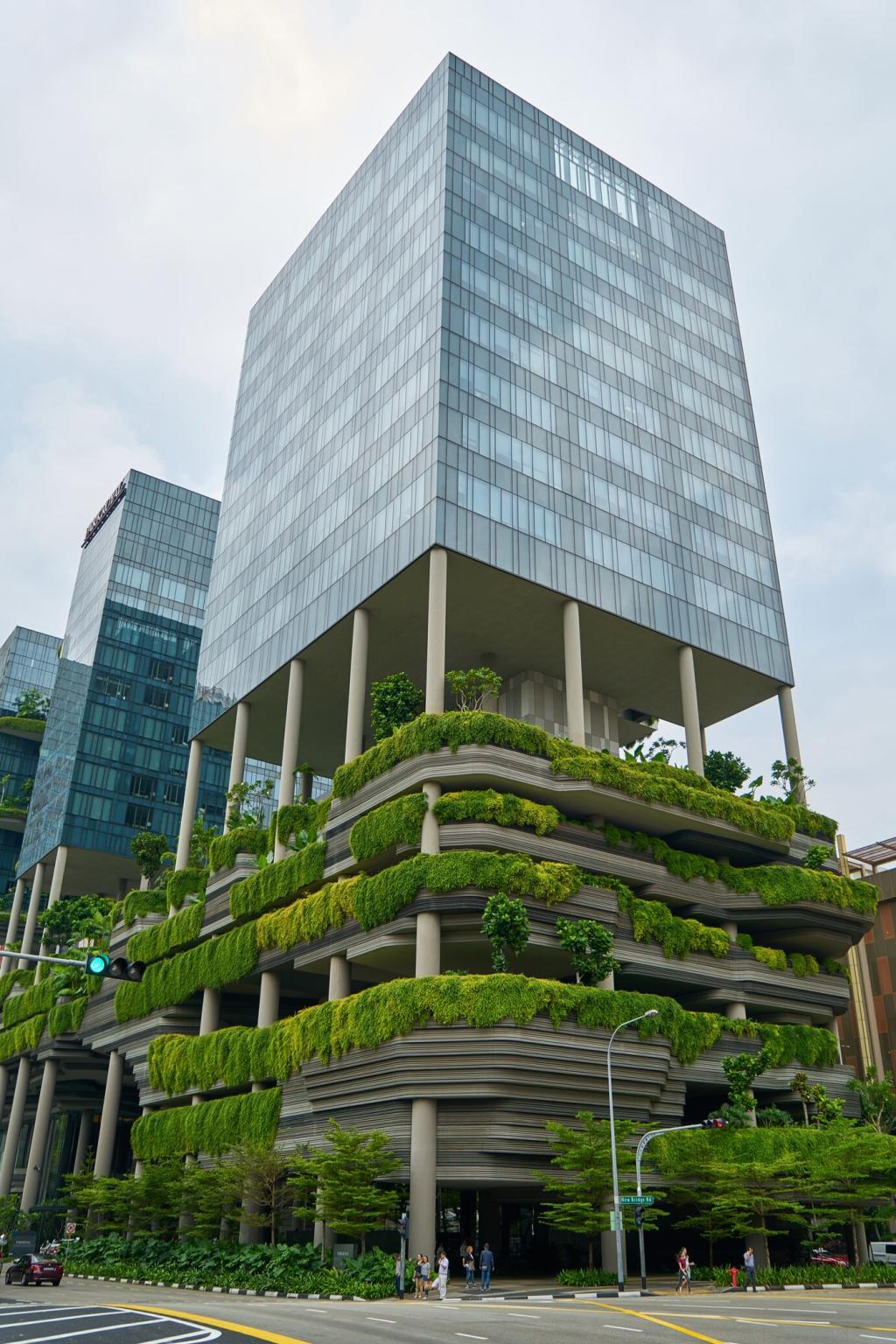Green Building Materials and Their Impact
Environmental Benefits of Green Building Materials
Reduction of Carbon Footprint
Utilizing green building materials is a vital step in lowering the carbon footprint associated with construction activities. These materials often require less energy to produce and transport compared to traditional options. For example, products made from recycled or rapidly renewable resources generate fewer greenhouse gas emissions during manufacturing and shipping. Additionally, many green materials are designed to last longer, decreasing the need for replacement and further reducing the overall lifecycle emissions. This cumulative reduction plays a significant role in combating climate change, making green materials an important part of sustainable building strategies.
Conservation of Natural Resources
Sustainable building materials are typically sourced from renewable or abundant supplies, which helps preserve limited fossil fuels and old-growth forests. Materials like bamboo, reclaimed wood, and recycled metals conserve nonrenewable resources and limit the extraction of raw materials from sensitive environments. Furthermore, the shift to these alternatives encourages more responsible production techniques, such as sustainable forestry and closed-loop recycling. By choosing environmentally conscious materials, builders can directly reduce pressures on natural resources while fostering a market for innovation in sustainable practices.
Minimization of Waste and Pollution
A major advantage of green building materials is their contribution to waste reduction and pollution control. Many are manufactured with recycled content or are designed to be recyclable at the end of their useful life, thus diverting waste from landfills. Some materials, such as low-VOC paints and sealants, reduce the release of harmful pollutants during application and use, which lowers risks to the environment and human health. By adopting these materials, the construction industry can play a pivotal role in minimizing solid waste and toxic emissions, fostering cleaner and healthier communities.
Health and Well-being Benefits
A key benefit of green building materials is enhanced indoor air quality. Traditional construction often relies on substances that release volatile organic compounds (VOCs) or other pollutants, which can accumulate indoors and affect respiratory health. Eco-friendly materials such as low-VOC paints, adhesives, and formaldehyde-free insulation help maintain cleaner indoor air. The reduction of airborne contaminants leads to a healthier space, reducing the risk of asthma, allergies, and other respiratory ailments. As awareness grows, the demand for materials contributing to better air quality continues to rise in both residential and commercial projects.
Previous
Next

Economic Advantages of Sustainable Materials
Buildings designed with sustainable materials are typically more energy-efficient, resulting in lower utility bills for heating, cooling, and lighting. Materials with superior durability and resilience, such as metal roofing or fiber-cement siding, require less frequent repairs or replacements, further reducing maintenance costs. These ongoing savings can offset the sometimes higher initial investment in green materials. Over the building’s lifecycle, the total cost of ownership can be substantially reduced, making sustainability an economically sound choice for developers and owners seeking long-term value.
